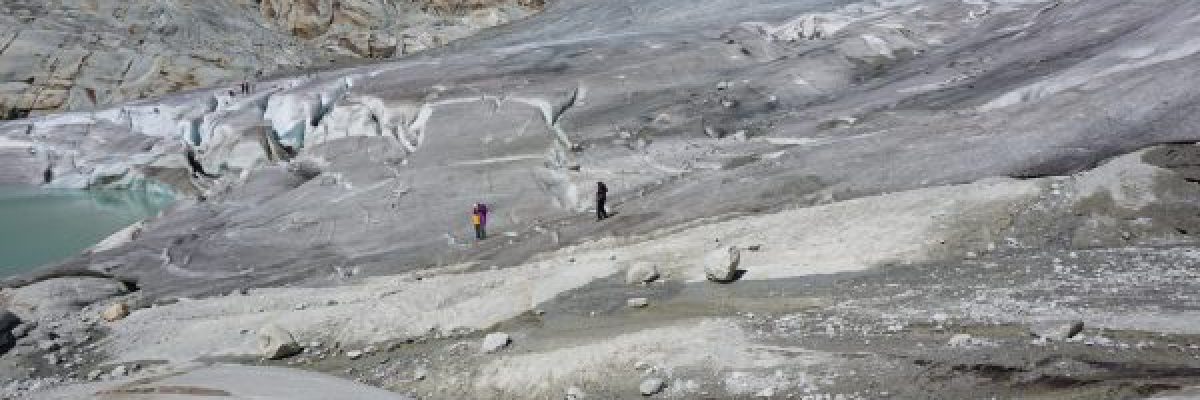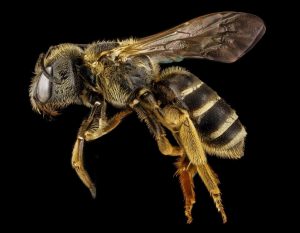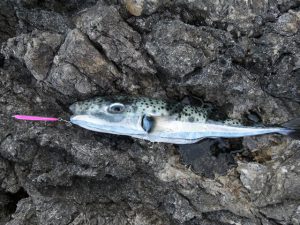Everyone knows that when we are wounded, it is best to wash the wound with soap and water and apply antiseptic ointment. We do this to protect ourselves from bacteria entering the body through the incision spot, straight into the blood system, and causing infection and disease. So what do bacteria do when they have no cuts in their host body?
Plant bacteria, Pseudomonas syringae found an interesting solution to this problem: If there is no wound in the plant body – they create one.
The bacteria express a protein called InaZ (Ice Nucleation type Z). This protein reforms water molecules into tiny ice crystal shapes. These crystals are formed above freezing temperature and below five degrees Celsius. In this way, on cold nights, the bacteria form razor-like shapes made of ice, which injure the host plant and allows them to enter the plant through the incision and cause disease.
Since the phenomenon was discovered, scientists have been using these bacteria, or genetically modified bacteria with the InaZ protein, to form tiny nuclei of water droplets (rain) or in other words to create artificial snow. If you have traveled to Switzerland and have seen snow cannons sprinkling snow, you have actually seen a mixture of water and bacteria that express a large amount of freezing protein. This mixture is held in the cannon cartridges, and it shoots the bacteria at high pressure, at an ambient temperature between 0 and 5 degrees Celsius. The water freezes and the pressure creates soft and fluffy snow.
The bacteria in the mixture are dead and therefore pose no risk. The snow yield increases by 40% and can be enjoyed by all.
Watch the following videos to see this wonderful process takes place:
https://www.youtube.com/watch?v=U18JGbtCxCE







